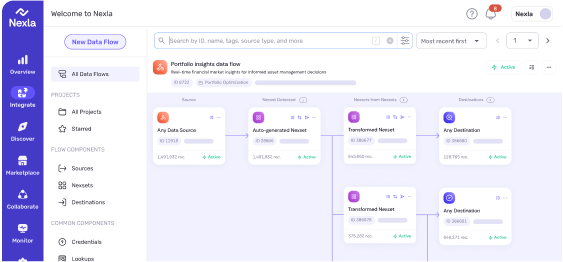
Beyond Compliance: Why Privacy is the Foundation of Trustworthy AI
While it is true that AI offers enormous opportunities for innovation and success, its reliance on personal data raises urgent concerns about privacy, ethics, and governance

In the rapidly evolving landscape of AI integration, the Model Context Protocol (MCP) has emerged as a promising standard for enabling AI models to interact with external tools and resources. However, as organizations implement MCP at scale, a few critical components are conspicuously missing:
Without these pieces, the proliferation of MCP servers quickly becomes a maintenance and security nightmare that undermines the very benefits MCP promises to deliver.
MCP provides a standardized way for AI models to access tools, resources, and prompts, a common interface that simplifies integration driven by LLMs. In its current state, it’s effective for point-to-point integration. But point-to-point integration has always ended up causing major problems at scale. The proliferation of MCP servers and direct integration with multiple LLMs would end up being an AI integration maintenance nightmare.
As teams adopt MCP, they typically create dedicated servers for each system integration – GitHub, Salesforce, Google Sheets, databases, and custom applications. What starts as an elegant solution quickly becomes a sprawling network of disconnected servers, each requiring individual maintenance, security oversight, and operational support.
This proliferation creates several critical issues:
The fundamental issue is that while MCP defines an excellent protocol for model-to-server communication, it lacks both the orchestration layer to manage data and multiple servers and the robust runtime to execute complex workflows at scale.

What’s needed is a dual-layer solution that combines:
Our architectural foundation of Nexsets which provides processing scale and governance, now layered with an MCP server offers a comprehensive approach:
AI-Powered Integration
Consider a seemingly simple request: “Get all active contacts from Salesforce, match them with rows in a Google Sheet by email, filter to those created in the last 30 days, and upload the result to BigQuery.”
With our complete orchestration + runtime approach:
This architecture delivers several key advantages:
As MCP adoption continues to accelerate, the need for both orchestration and runtime execution at an enterprise scale becomes increasingly critical. The approach outlined here provides a pathway to unlock the full potential of MCP without the maintenance nightmare of unchecked server proliferation or the risks of unreliable execution.
By combining an intelligent orchestration layer with a robust runtime engine, organizations can scale their AI integration capabilities while maintaining operational control. The result is a system that leverages the standardization benefits of MCP while addressing the real-world requirements of enterprise deployment.
At Nexla, we’re building both pieces of this puzzle—the orchestration layer that intelligently plans across multiple MCP servers and the runtime engine that executes those plans with enterprise-grade reliability. Together, these components provide the missing links that enterprises need to move MCP from promising experiments to production reality.
Contact us to learn more.

While it is true that AI offers enormous opportunities for innovation and success, its reliance on personal data raises urgent concerns about privacy, ethics, and governance

In this second episode of DatAInnovators & Builders, Ashish Thusoo breaks down how CurieTech AI uses benchmarks-first discipline and AI-driven build loops to achieve 70–80% productivity gains.

In this first episode of DatAInnovators & Builders, Databricks’ Robin Sutara reveals why generic AI training doesn’t stick and how persona-based enablement drives real adoption.
